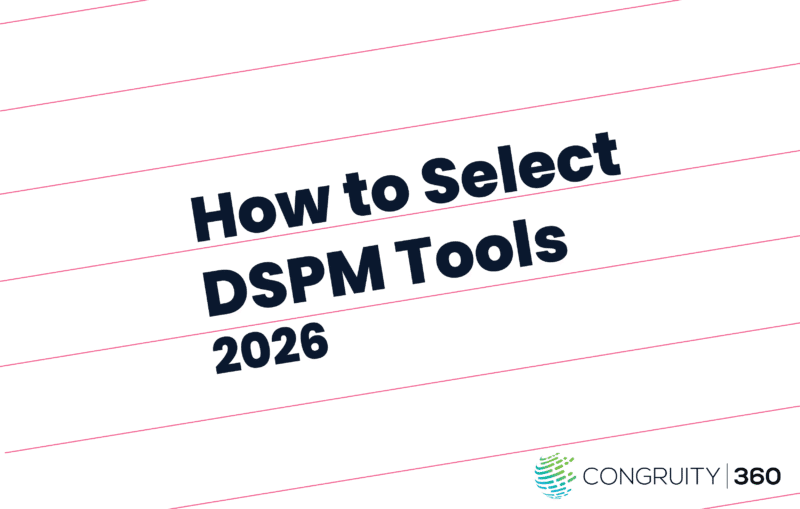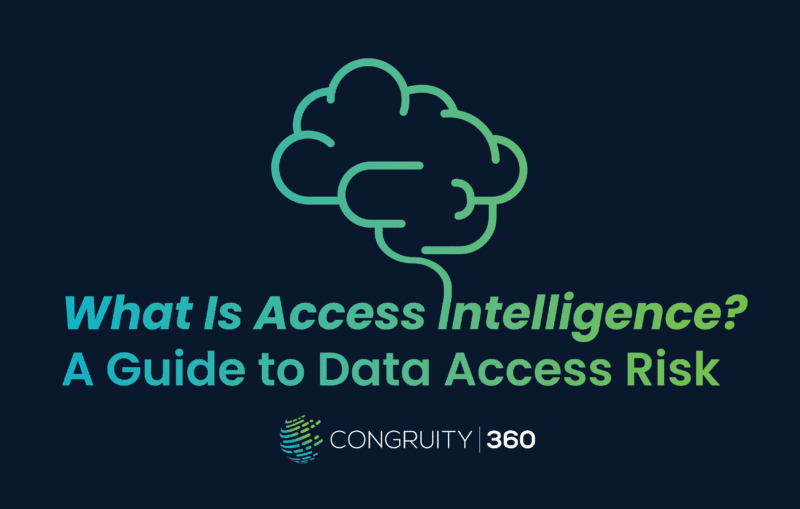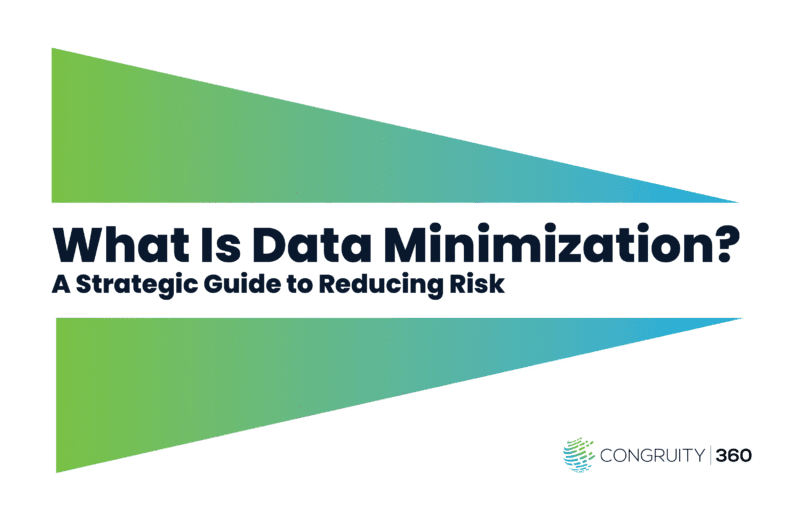Financial organizations are more data-driven than ever, but with that power comes increased exposure to risk. Whether it’s due to cyber threats, data quality issues, or regulatory noncompliance, financial data can quickly become a liability if not properly assessed and managed. That’s where Financial Data Risk Assessment (FinDRA) comes in.
FinDRA is a structured process for identifying, evaluating, and mitigating risks related to financial data. In this guide, we’ll explore what FinDRA is, why it’s critical for your business, and how to conduct an effective assessment.
What Is Financial Data Risk Assessment (FinDRA)?
FinDRA refers to the strategic evaluation of financial data to identify vulnerabilities that could lead to data breaches, reporting errors, regulatory penalties, or business disruptions. It combines data governance, cybersecurity, risk analysis, and financial compliance into a unified framework.
The goals of FinDRA include:
- Ensuring data accuracy and integrity
- Protecting sensitive financial information
- Maintaining regulatory compliance
- Reducing operational and reputational risk
Why FinDRA Matters
Today’s financial institutions face an unprecedented mix of internal and external data risks:
- Cybersecurity threats (phishing, ransomware, insider attacks)
- Data quality issues (incomplete, outdated, or duplicated financial records)
- Regulatory pressure (SOX, GDPR, SEC, Basel III)
- Increased reliance on third-party platforms and cloud services
Without a systematic risk assessment process, organizations are left vulnerable to both intentional attacks and unintentional errors. Both of which can have costly consequences.
The FinDRA Process: 6 Key Steps
To implement a Financial Data Risk Assessment that truly protects your organization, follow these steps:
1. Identify Critical Financial Data
Begin by cataloging all financial data assets:
- General ledger and balance sheets
- Revenue and expense reports
- Investment and portfolio data
- Payroll and tax information
Map where this data resides, who owns it, and how it’s accessed.
2. Assess Data Sensitivity and Classification
Not all data carries the same level of risk. Classify data based on sensitivity:
- Public
- Internal use only
- Confidential
- Highly confidential or regulated
3. Evaluate Data Security Measures
Examine the controls currently in place:
- Encryption protocols
- Access controls and authentication
- Backup and recovery systems
- Audit trails and monitoring
Are they sufficient for the level of risk?
4. Analyze Risk Exposure
Look for vulnerabilities in:
- System architecture
- Data transfer and storage
- User permissions
- Third-party integrations
Score risks based on likelihood and impact (e.g., using a risk matrix).
5. Develop Mitigation Strategies
For each high-priority risk:
- Assign accountability
- Implement security patches or policy updates
- Limit access where needed
- Train staff on data handling protocols
Ensure you have a clear remediation timeline.
6. Monitor, Audit, and Improve
Risk assessment isn’t a one-time task. Build FinDRA into your business operations:
- Schedule regular audits
- Update risk profiles quarterly or after major changes
- Adjust policies based on new threats or regulations
Best Practices for Effective FinDRA
- Involve cross-functional teams: IT, finance, legal, and compliance should all be at the table. By involving all departments, you can avoid frustrating roadblocks and management issues down the line.
- Use automated tools for monitoring and alerts. Look for tools that support Data Loss Prevention (DLP) and real-time data security monitoring.
- Maintain detailed documentation for audit trails. This will be helpful for tracing problems to the source.
- Educate employees on the importance of financial data security. Training is key as human error is a high contributor to breaches and security issues.
- Stay ahead of regulations by subscribing to updates from governing bodies. Local and federal regulations evolve and grow. Know what you’re responsible for. Tip: If your customers are in a different jurisdiction from your company, their local laws may apply to your company.
Working with FinDRA
Financial Data Risk Assessment is a strategic necessity. As cyber threats rise and regulatory environments evolve, the organizations that thrive will be those that treat financial data as both an asset and a responsibility.By implementing a FinDRA framework, you’ll protect your business, build trust with stakeholders, and ensure long-term financial resilience. Get started on your own today with our downloadable checklist or chat with us about your strategy.





